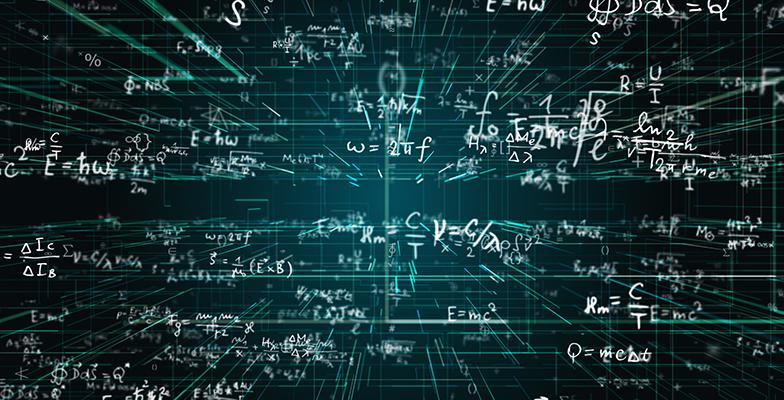- About
- Admissions
- Study at AUS
- Prospective Students
- Bachelor's Degrees
- Master's Degrees
- Doctoral Degrees
- Admission Publications
- International Students
- Contact Admissions
- Grants and Scholarships
- Sponsorship Liaison Services
- Testing Center
- New Student Guide
- File Completion
- New Student Orientation
- Payment Guide
- Executive Education
- Students with Disabilities
- Academics
- Life at AUS
- Research
- Contact Us
- Apply Now
- .

AUS research contributes to understanding cardiovascular disease through numerical modeling
According to the World Health Organization, the leading cause of death worldwide is cardiovascular disease, and a high percentage of these deaths is due to abnormal electrical waves in the cardiac tissue. With recent developments in scientific computing, numerical modeling is now playing a crucial role in fields related to the study and treatment of cardiac-electrical abnormalities. Dr. Youssef Belhamadia, from the American University of Sharjah’s Department of Mathematics and Statistics, is developing accurate numerical algorithms to better understand cardiac rhythm disorders. It is hoped that this work will eventually lead to enhancing treatment and improving outcomes for patients.
“Spontaneous ventricular fibrillation, where the heart quivers instead of contracting, and ventricular tachycardia, where the heart beats too fast on occasions, both arise from improper electrical activity in the ventricles of the heart,” explained Dr. Belhamadia. “By developing accurate numerical methods for high-resolution simulations of the cardiac electrical activity, we can build precise predictions in electrocardiology and contribute significantly to real-time heart simulations for diagnosis and treatment.”
Dr. Belhamadia began his research into numerical modeling more than 20 years ago while working on his PhD at Laval University in Quebec, Canada. His numerical methods have been applied in cryosurgery, leading to a number of grants for continuing research into electrocardiology.
Relying on AUS research labs and advanced numerical software, Dr. Belhamadia is currently collaborating with his former colleagues at Laval University. He is also working with a colleague from the University of Alberta to numerically control cardiac electromechanical activity.
Several AUS graduate students from the Department of Mathematics and Statistics have been involved in electrocardiology research projects. According to Dr. Belhamadia, “It’s important to engage students in our research projects, as applied research is an opportunity for math students to learn how to use theoretical methods in engineering and industrial applications.”
Maryam Alqasemi, a student working under the supervision of Dr. Belhamadia, pointed out that while the discipline is largely theoretical, the research shows how mathematics can be applied to improving health care. She said, “I think it’s really interesting to see how some mathematical models could simulate something so vital as the heart's electrical activity. The real feel of the problem makes the work so much more exciting.”
Dr. Belhamadia noted that this particular research was difficult and required a long-term commitment: “Our research in numerical modeling can also have industrial applications, such as simulating conductive, convective and radiative heat transfer in materials.” He continues to explore industry collaborations, including work with companies located at the Sharjah Research, Technology and Innovation Park.
“My long-term goal is to produce more realistic numerical results that can be helpful to cardiologists, and for future research into the causes of irregular heartbeat rhythms and their cure.”

